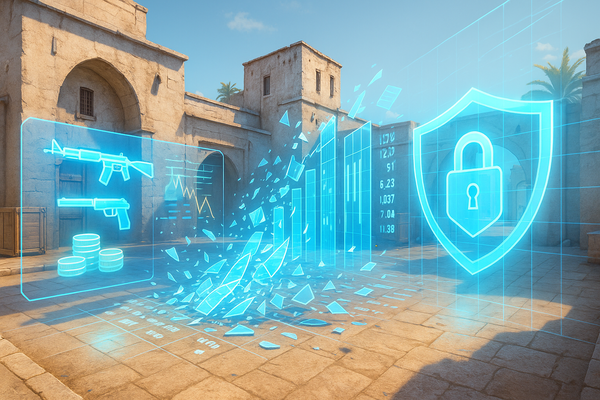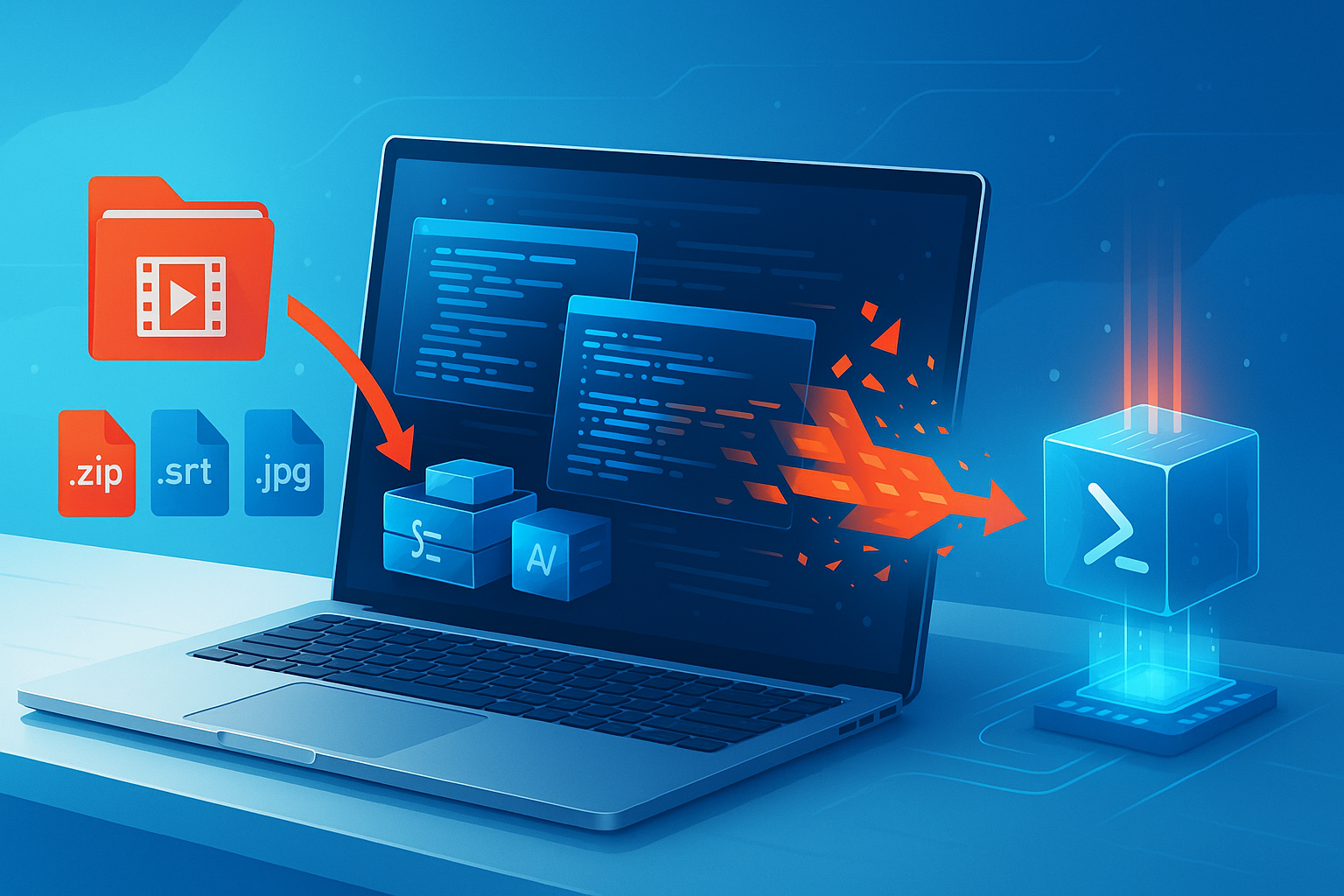Valve’s Counter-Strike 2 ‘Trade Up’ Update Wipes $2 Billion from Skin Market but Hits CS2 Scammers Hard

Valve’s latest Counter-Strike 2 update has triggered a shockwave in the gaming community by upending the game’s virtual economy and erasing almost $2 billion overnight.
While it certainly irritated many legitimate players, the update introduced the “Trade Up” system, which made the market incredibly volatile. Inadvertently, Valve dealt a serious blow to scammers who exploited the marketplace and made numerous victims.
Market Built on Digital Gold
Counter-Strike 2’s skin-trading ecosystem has operated like a speculative stock market for many years. Players can buy, sell, and trade cosmetic items on the Steam Marketplace or external platforms.
Some of those items are sometimes more expensive than luxury cars.
The entire market is estimated to have reached around six billion dollars, so it’s easy to understand why it attracted scammers who exploited human error, used advanced social engineering techniques, and employed any possible method to hijack valuable items.
As Bitdefender’s guide already explained, skin scams are alarmingly sophisticated, often mimicking real trading interfaces or using cloned marketplaces to trick players.
Phishing attacks steal Steam credentials, fake “verification bots” fool users into handing over prized items and instant resellers move stolen skins within minutes.
Valve’s ecosystem became fertile ground for exploitation because of one key factor — speed.
Valve Changes the Rules of the Game
Valve’s Trade Protection system, which began rolling out by mid-2025, has rewritten how items can move between players. Skins received in a trade are now locked for seven days and flagged as “Trade Protected.” They can still be used in-game, but can’t be retraded, modified, or consumed during that period.
The company also added a reversal mechanism, allowing victims to undo fraudulent trades within seven days, restoring items to their original owners.
This series of changes means that scammers can no longer launder stolen items through rapid bot chains or cash out instantly through third-party markets.
And then the Trade Up update hit. This gives players the option to combine five high-tier “Covert” skins into a rare knife or glove.
While this sounds harmless, the market was flooded by thousands of new high-value items. Supply exploded and value collapsed. Analysts estimate that nearly $2 billion vanished from the CS2 item economy in just a few hours.
For collectors, it was a financial shock. For scammers, this is nothing short of a disaster.
How Scammers Are Losing Big Time
Scamers operate on the ability to move fast and stay invisible. Both are gone. With trade locks, every stolen skin becomes a ticking time bomb. Each transaction is recorded, traceable, and potentially reversible by the victim. That makes stolen assets worthless for seven days, which is just long enough for victims or Valve to intervene.
At the same time, the collapse in item value has already affected the criminal incentive. A scammer who once made $10,000 for a rare knife might now earn half that, if they can even sell it. Market flooding, price instability, and trade restrictions have made the CS2 underground economy less profitable.
Valve, intentionally or not, made the economics of skin scams unsustainable.
What It Means for Regular Players
For honest traders and casual players, the changes can be a problem. On one hand, security is stronger than ever, but on the other, the market is volatile and trust is low. Prices are volatile and legitimate traders must now wait for the holding periods to expire.
Still, for most users, that’s a trade-off worth making.
Staying Safe in the Post-Update Era
Bitdefender has long warned that security in gaming isn’t always just about malware. Users’ identity, assets and trust are on the line as well. Even with Valve’s new safeguards, it’s essential to remain vigilant:
- Double-check trade URLs and item details before approving offers.
- Never click external marketplace links sent through chat or Discord.
- Enable two-factor authentication via Steam Guard.
- Regularly monitor your inventory history for unauthorized trades.
And most importantly, use dedicated security tools that can block phishing pages and credential-stealing scripts before they strike.
Bitdefender’s advanced threat protection suite detects and blocks fake trading platforms and malicious browser redirects.
CS2 Skins FAQ
- Will Valve’s update stop all scams?
No. It raises the cost and complexity of scamming but doesn’t eliminate it. Users can expect a shift toward phishing, impersonation, and social-engineering scams instead. - Can I still trade skins normally?
Yes. You can trade and use your skins, but new “Trade Protected” items will remain locked for seven days before you can move them again. - Why did skin prices collapse?
The “Trade Up” feature dramatically increased the supply of high-tier items, reducing their rarity and, consequently, their value. - Is this the end of CS2’s underground market?
Not entirely, but it’s a serious blow. The days of instant laundering and high-value cash-outs are coming to an end. The remaining scams will be slower, more targeted, and easier to trace.
tags
Author
Silviu is a seasoned writer who followed the technology world for almost two decades, covering topics ranging from software to hardware and everything in between.
View all postsRight now Top posts
Cybercriminals Use Fake Leonardo DiCaprio Film Torrent to Spread Agent Tesla Malware
December 11, 2025
Genshin Impact Scam Alert: The Most Common Tricks Used Against Players
December 05, 2025
How Kids Get Automatically Added Into WhatsApp Groups with Horrific Imagery Without Consent
November 24, 2025
Scammers Exploit Hype Around Starbucks Bearista Cup to Steal Data and Money, Bitdefender Antispam Lab Warns
November 18, 2025
FOLLOW US ON SOCIAL MEDIA
You might also like
Bookmarks







